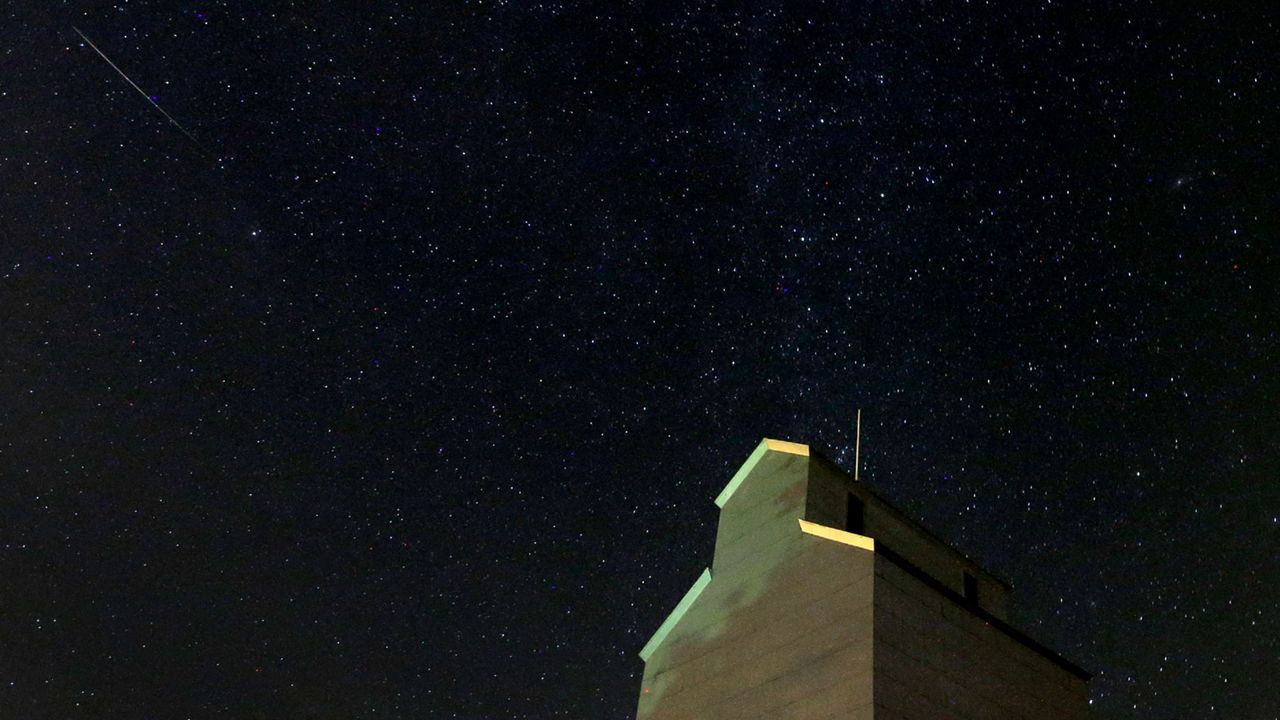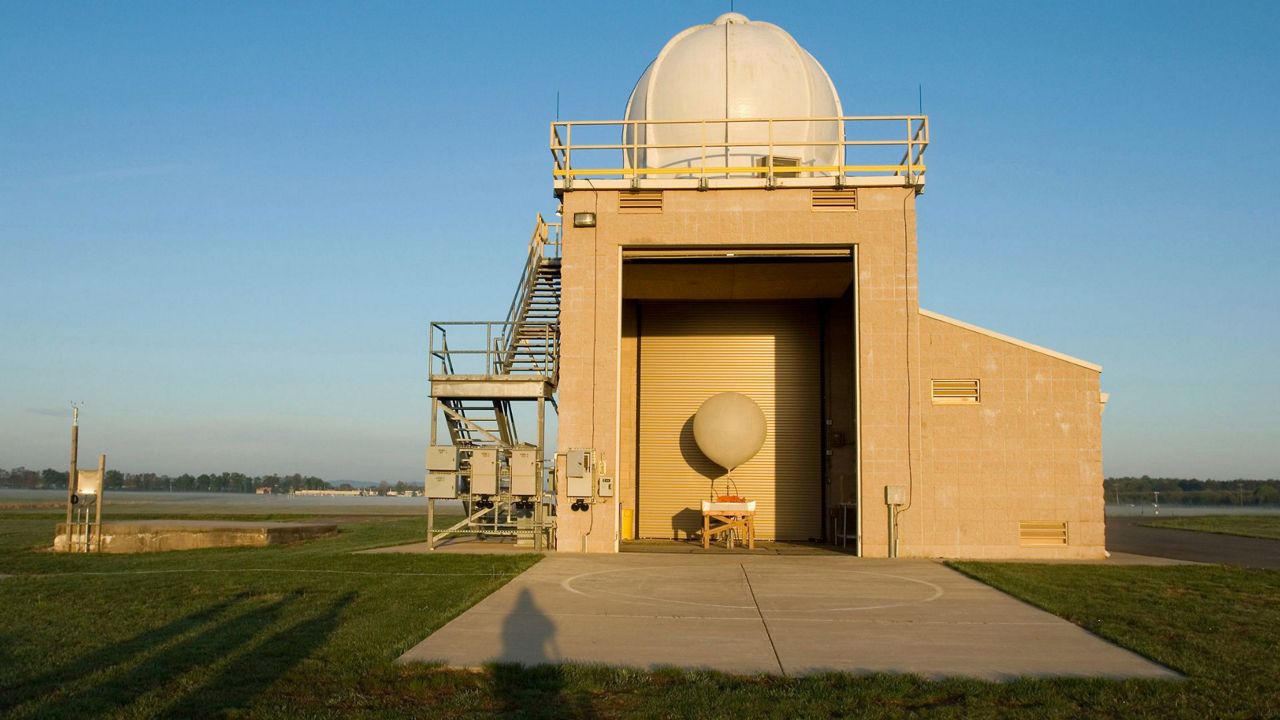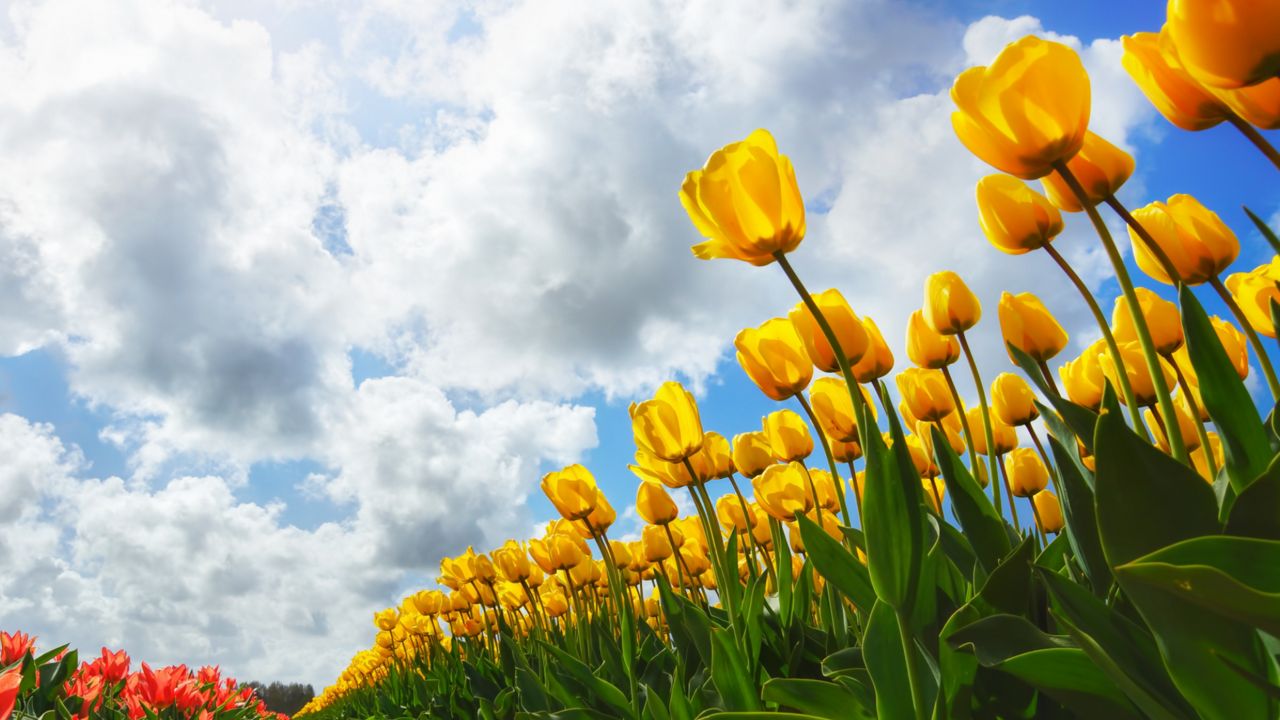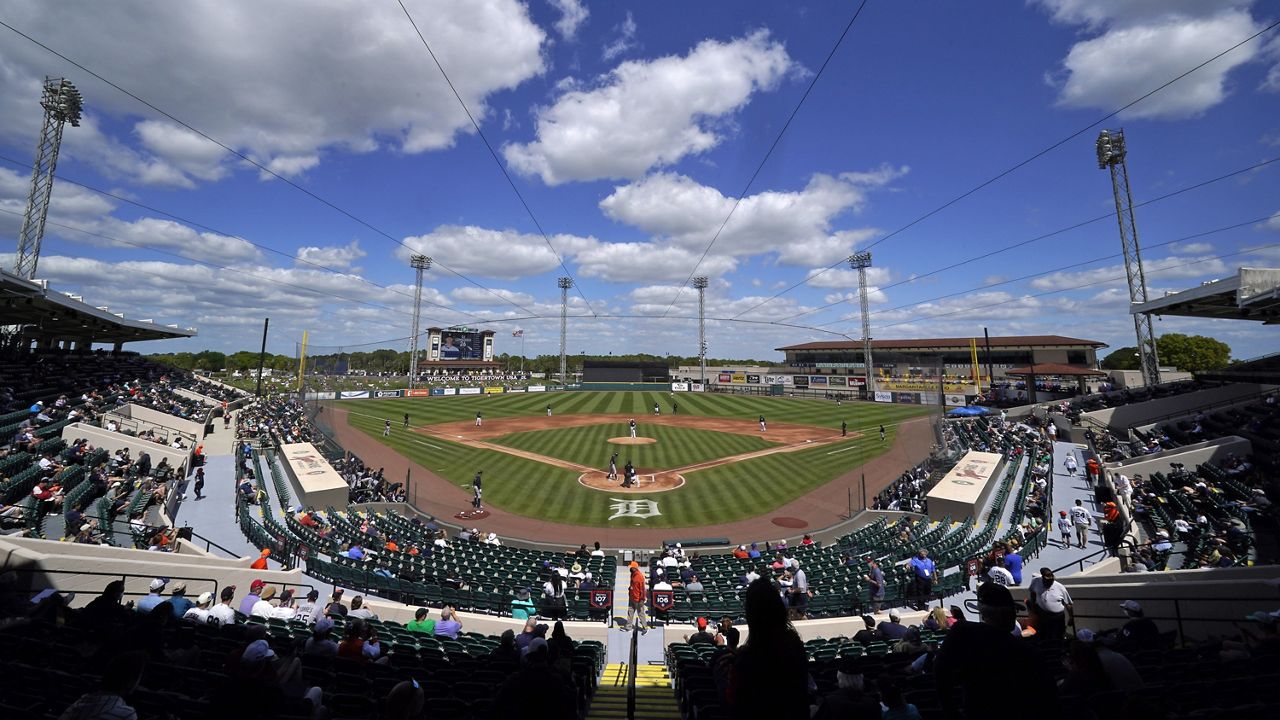Although the days may be longer, there is nothing quite like enjoying a calm, maybe a little balmy summer night.
Provided there’s little to no clouds around, many marvel at the infinite number of stars and planets dotting the pitch black sky, most which are several light years away.
Storms at night may limit how many nights you can venture outside, but you can still find plenty of time to stargaze through the end of summer in the Midwest.
While the cold, dense air during the winter months typically offers the clearest views, there’s something about the summer months that makes stargazing much more appealing. Perhaps it has something to do with the warmer temperatures?
Regardless of when and where you go, one thing holds true: there is always something to look at provided the weather cooperates. To see what's in store the rest of the year, check out our celestial calendar.
The U.S. offers plenty of great locations for those captivated by starlit skies- some more notable than others. Most national parks serve as ideal spots. But having the option to stargaze close to home is comforting and convenient.
Weather permitting, of course, the most suitable locations to stargaze include areas with minimal obstructions of the sky and have little to no light pollution. This rules out any places inside or within proximity to our bustling cities.
That said, it is also better to wait until after midnight or the predawn hours when it is the darkest.
Astronomers also advise that you plan your trip in the days right before, during and after the new moon. Believe it or not, the brightness of the full moon alone can sometimes be enough to limit views regardless of where you are.
Birthplace of the well-known astronaut and state senator John Glenn, the Buckeye State takes space seriously. But what about stargazing?
One of the best places gawk at the night sky is at Geauga Observatory Park. Just under an hour's drive east of Cleveland, you can visit the observatory the International Dark-Sky Association (IDA) recognized as a Dark-Sky Park in 2011. It also boasts the reputation for having the darkest skies in the state.
Among the plethora of programs and events the observatory offers to the public, the Nassau Astronomical Station remains the most famous asset. The station houses two state-of-the-art telescopes used for both research and recreation.
Once the sun sets, visitors can look through the telescopes, while learning about the history of astronomy in the state, as well as looking forward to what's in store in the future.
The Geauga Observatory runs additional nighttime and space-related events, too. Openings for each event are limited and especially fill up fast for the more popular ones, including the Night Sky Views and a monthly Full Moon Hike.
The observatory also offers "The Sky Tonight Planetarium Show," which features what to look out for in the sky over the next week for those with a deeper interest.
Regardless of which you want to attend, just book your reservation ahead of time.
For obvious reasons, most national parks are great for gazing and Mammoth Cave National Park is no exception.
It may seem counterintuitive that a park known for its underground network of caves would make for an ideal stargazing spot. But come out once the day is done, and you’ll find a sky full of stars sparkling in the sky above.
With that, Mammoth Cave National Park has just as much to offer by night as it does by day. The park continues to promote this less-popular advantage to all its visitors through its Night Sky program that was launched in 2017.
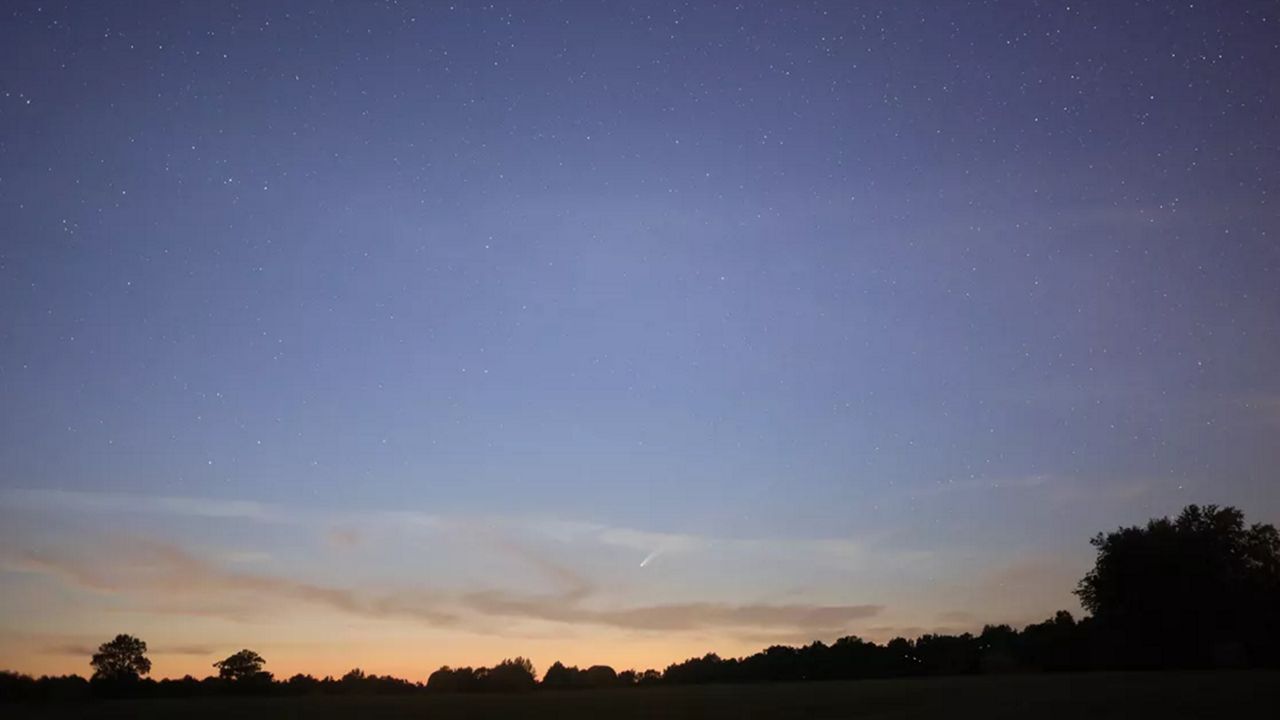
The park claims to have some of the darkest skies in the Commonwealth, and the IDA recently named it a Dark-Sky Park in 2021.
On certain nights, when the weather cooperates, park rangers set up and monitor park-owned telescopes for public use. The rangers also assist and inform visitors with basic instructions and what to look out for in the skies that night.
Just make sure you check the schedule before planning your trip.
Door County is the perfect summer getaway spot, featuring a(door)able coastal towns and endless acres of cherry and apple orchards. At the tip of Door Peninsula, Newport State Park is as scenic by day as is by night, and is one of the best places in the Badger State to stargaze.
The park’s remote location at the edge of the peninsula makes it one of the darkest places in the state. Like the other noteworthy stargazing spots mentioned above, the IDA also recognized Newport State Park as a Dark-Sky Park in 2017.
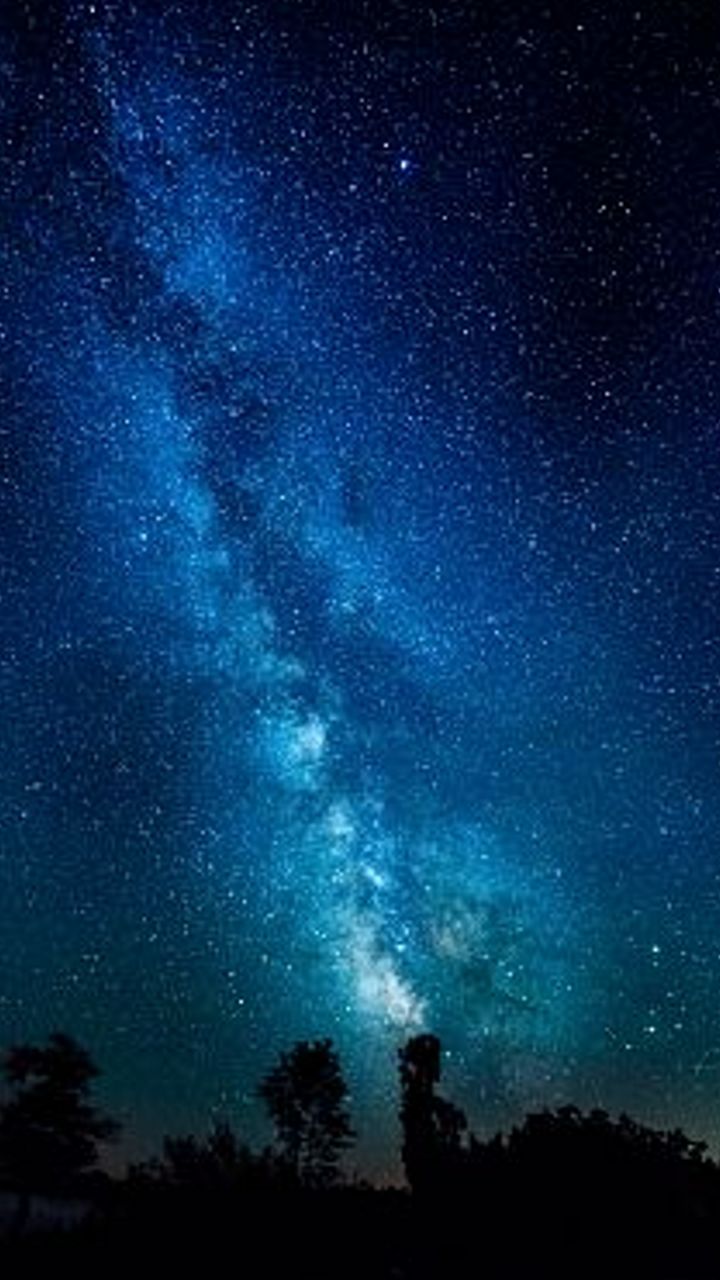
Once thing to keep in mind, park officials suggest visitors come to the park during the day to get acclimated to the lay of the land before dark. Once the sun sets, the park becomes incredibly dark and can be difficult to navigate through your surroundings.
Our team of meteorologists dive deep into the science of weather and break down timely weather data and information. To view more weather and climate stories, check out our weather blogs section.
Shawnie Caslin - Digital Meteorologist
Shawnie joined Spectrum News as a Digital Meteorologist in 2021. After discovering her love for weather as a child, she earned a Bachelor's of Science in Meteorology from Rutgers University in 2015. Prior to joining Spectrum, Shawnie worked behind the scenes at local and national networks as a meteorologist and weather graphics producer in New York City. She thoroughly enjoys working in the media and is always passionate to explore the different ways weather impacts our everyday lives.





